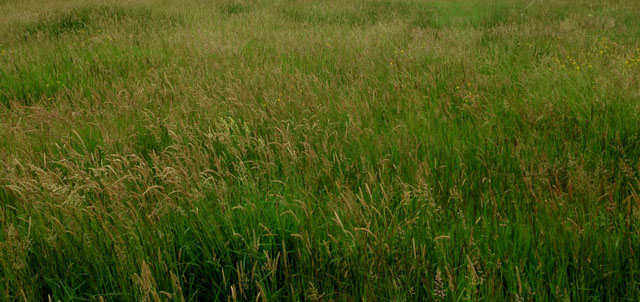ARCHAEOLOGISTS behind a survey of a 19th century graveyard in a Co Waterford field believe there could be more than 3,000 Famine victims buried there. The survey of the single field on the edge of the Waterford Gaeltacht has already revealed over 300 graves.
The survey began as a “lockdown project” for field archaeologist John Tierney and led to the mapping of hundreds of graves while also shedding light on the famine-era graveyard.
Originally from Cork but living in the Dungarvan area for the last 20 years, Mr Tierney is director of the Historic Graves Project. When the pandemic hit last year, he took an interest in old graveyards, including the Polla (Pulla) in the Co Waterford Gaeltacht.
He secured funding from the Royal Irish Academy (RIA) to carry out more research and began a Lidar (light wave-based technology, similar to radar) survey and drone camera study of the field at Polla — which sits about 8km from Dungarvan just off the N25 Youghal road — to find out more about the graves which are known to have been located there since the famine and subsequent decades.
“We were looking for two types of grave in particular; long graves and individual graves. Long graves, where we’ve seen them elsewhere, are related to famine overwhelmingly; large amounts of people dying and being buried in mass burials and then the small singles as well,” he told RTÉ.
“What really surprised is that the Lidar showed the small single graves are highly detectable using the publicly-available data set.”
Mr Tierney said locals knew a lot about those buried in the field, but not exactly where the individual graves were. The graves, located in the lower section of the two-acre field are covered with vegetation, and need more work to find out more about them, he added.
“There’s a good, rich biodiversity here, but it’s masking the graves,” he said.. “Our purpose was to maintain the integrity of the place, the biodiversity value, but then find where the graves are. We were hoping to find where the graves are and I think to a large degree we’ve managed that.”
Historian with Waterford County Museum, William Whelan said it is possible that up to 3,000 people are buried in the “long” Famine graves.
“It’s hard to actually get across to people the scale of the disaster… We know that between 1845 and 1855, 3,000 people died in the workhouse system in Dungarvan alone, that’s not counting any deaths outside of the workhouse,” he said.
“For me as a local historian, a lot of it is just to be reminded of the scale of the Famine. As communities we’ve forgotten how traumatic the famine was and this project is fantastic to bring it back into the public eye again.”
A report is due to be submitted to the RIA next month.



















